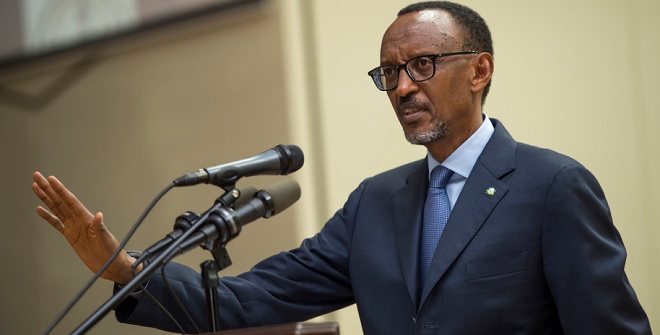
Tanzania versus Uganda SGR
With all those high stakes, Museveni assigned his trusted engineering consultant, Badru Kiggundu; the engineer who previously headed the Electoral Commission, and later investigated the mess at Karuma and Isimba dams, to investigate the deal.
What President Museveni had not been told, however, is that the specifics of the Tanzanian railway were not exactly the same as Uganda’s.
When officials from the SGR met him, they explained.
Apparently, they told the president that the old meter gauge rail system has a gradient of 2 percent.
The SGR is 1.2 percent. Ideally it should be 0 percent. But here the cost would be very high. In fact, the officials added, the Chinese had suggested 0.6 percent but this would increase the investment cost. The higher the gradient, the lower the speed and the higher the operation and maintenance costs and therefore the higher the tariff. Uganda needs a lower tariff to be competitive.
Uganda agreed with the Kenyans on the 1.2 percent gradient which increased the cost by 15 percent. Tanzania, on the other hand, is doing 2 percent gradient as directed by Magufuli.
The investment cost deals with the gradient and curve radius, officials explained to the president. The sharper the bend, the slower the speed and the higher the maintenance cost of the railways because in the corners there is a lot of friction which causes wear and tear.
This wasn’t the only thing making Tanzania’s railway cheaper.
Apparently, while Uganda has 24km of bridges Dar es Salam to Morogoro is semi-arid and has only two bridges and no swamps with a flat terrain. Uganda side has 53km of swamps with a hilly terrain.
While Uganda and Kenya are spending the same amount per kilometre, Uganda is cheaper. This is because the Uganda railway will use electricity while Kenya’s will use diesel, which is more expensive.
Government had also done a study with Gauff Engineers, a German company, which had estimated that for diesel, government would spend $2 billion on the SGR and for the electric one, $2.4 billion—in both cases without locomotives and rolling stock.
However, when government negotiated with CHEC, they agreed to bring the cost down to $1.95b for the electrified system without rolling stock and locomotives, which was 15% lower. Officials say this offer was superior to what the German engineers had recommended and costed. It was, they say, superior in terms of durability, safety and comfort.
On safety, for instance, CHEC offered to construct a line that would limit accidents to one every 16.7 million kilometers.
This, officials noted, required that among others, there are no level crossing—the train does not meet any road at the same level or where the car rolls and falls over the train.
Apart from this, the CHEC design has automatic signaling which removes human error. The train is computerized with one control room which decides everything, with the role of drivers remaining just to handle emergencies.
Officials also showed that the parliamentary committee on infrastructure, which had written a negative report about the SGR, had mixed up several things and some of its members had an axe to grind with the Works Permanent Secretary, Alex Bwangamoi.
Officials fingered Dennis Sabiti, the chairman of infrastructure committee. They noted that Sabiti, who had been working as a commissioner in the Works Ministry and did the dual diligence of CHEC had since joining parliament and becoming the chairman of the infrastructure committee, fallen out with the ministry officials.
Apparently, he had asked the works ministry to sponsor a group of MPs for a two weeks trip to Ethiopia, Kenya and China. And when he didn’t get this, he got angry. They argued that that is why the committee wrote a negative report about the SGR. The report is one of the tools the anti-CHEC lobbyist has been using to kick the company out of the deal.
In September, an Exim Bank team came to Uganda to carry out due diligence and met with officials at SGR and the Finance Ministry.
So when Museveni in October again called a meeting with Works Minister Monica Azuba, officials from the Standard Gauge Railway, and other officials, tensions were high again. Would he cancel or commit to CHEC.
In the end the President made clear his position on the SGR.
“No one is going to touch this contract,” he said, “You should go ahead with the work.” It appears, therefore, that Museveni’s bromance with Magufuli might have been borne of blood, as the Tanzanian leader said, but for Museveni, it does not mean throwing out smart business sense.
 The Independent Uganda: You get the Truth we Pay the Price
The Independent Uganda: You get the Truth we Pay the Price




The only problem is that Magufuli will finish his two terms, assuming he gets a second one,Believe me or not Mr Museveni will still be the president of Uganda.Mr Museveni please save your self from the Mugabe embarrasement, we have supported you time and again but its high time you handed over power when atleast a section of Ugandans still love you.For God and My country